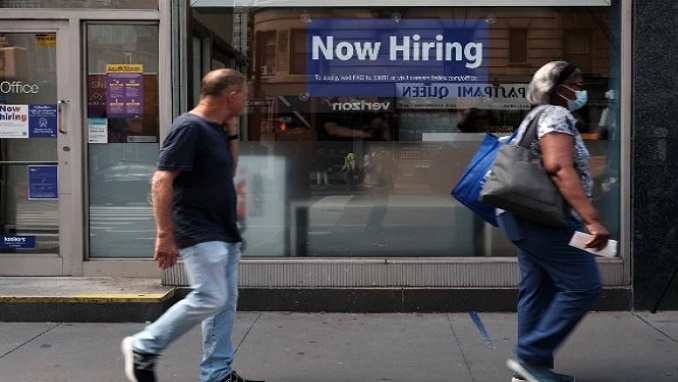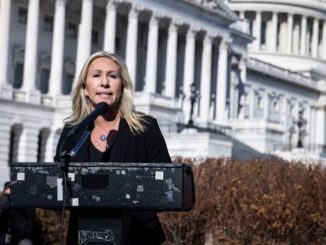
Employment growth in the United States is predicted to have expanded at a rapid pace in May, with the unemployment rate expected to have fallen to a pre-pandemic low of 3.5%, indicating a strong labor market that might keep the Federal Reserve’s foot on the gas to temper demand, Reuters reports.
The Labor Department’s carefully awaited employment report on Friday, which is also expected to show solid pay growth last month, will present a picture of an economy that is still growing, if slowly.
The Fed is attempting to contain inflation by dampening labor demand without raising the unemployment rate too high. Investors are concerned about a recession next year due to the Federal Reserve’s aggressive monetary policy and the constriction of financial conditions that have accompanied it.
According to a Reuters poll of experts, nonfarm payrolls likely grew by 325,000 jobs last month after jumping by 428,000 in April. That would be the smallest growth in a year, and it would bring an end to a 12-month stretch of payroll increases of over 400,000, the longest such sequence on record. Employment would be around 865,000 jobs lower than it was before the outbreak.
Estimates varied from as little as 250,000 to as many as 477,000 new employment. However, job increases would still be significantly higher than the monthly average that existed before the COVID-19 epidemic began in 2020.
The poll was carried out ahead of Thursday’s ADP National Employment Report, which revealed that private payrolls increased by only 128,000 jobs in May, the lowest increase in two years. As a result, Goldman Sachs economists lowered their non-farm payrolls prediction by 50,000 to 225,000.
Economic experts are divided on whether the slowing of job growth is due to a drop in labor demand or scarcity of workers and advise investors to look at the unemployment rate and pay growth to determine the tightness of the labor market. At the end of April, there were 11.4 million job opportunities, with approximately two postings for every jobless individual.
Annual inflation is at levels not seen in 40 years, and growing earnings are attracting some retirees back into the workforce, helping to boost supply. However, the demand-supply mismatch continues to widen. After climbing 0.3% in April, average hourly earnings are expected to rise 0.4% in May.
Despite the fact that warnings of a recession are increasing stronger, most experts expect the economy will continue to expand next year. They admitted that rising inflation was eroding consumers’ purchasing power and reducing company investment, but they contended that the economy’s fundamentals were sound and that any slowdown would be minor.
A worsening global environment has also harmed the economy, owing in part to Russia’s conflict against Ukraine and China’s zero COVID-19 policy.




Be the first to comment